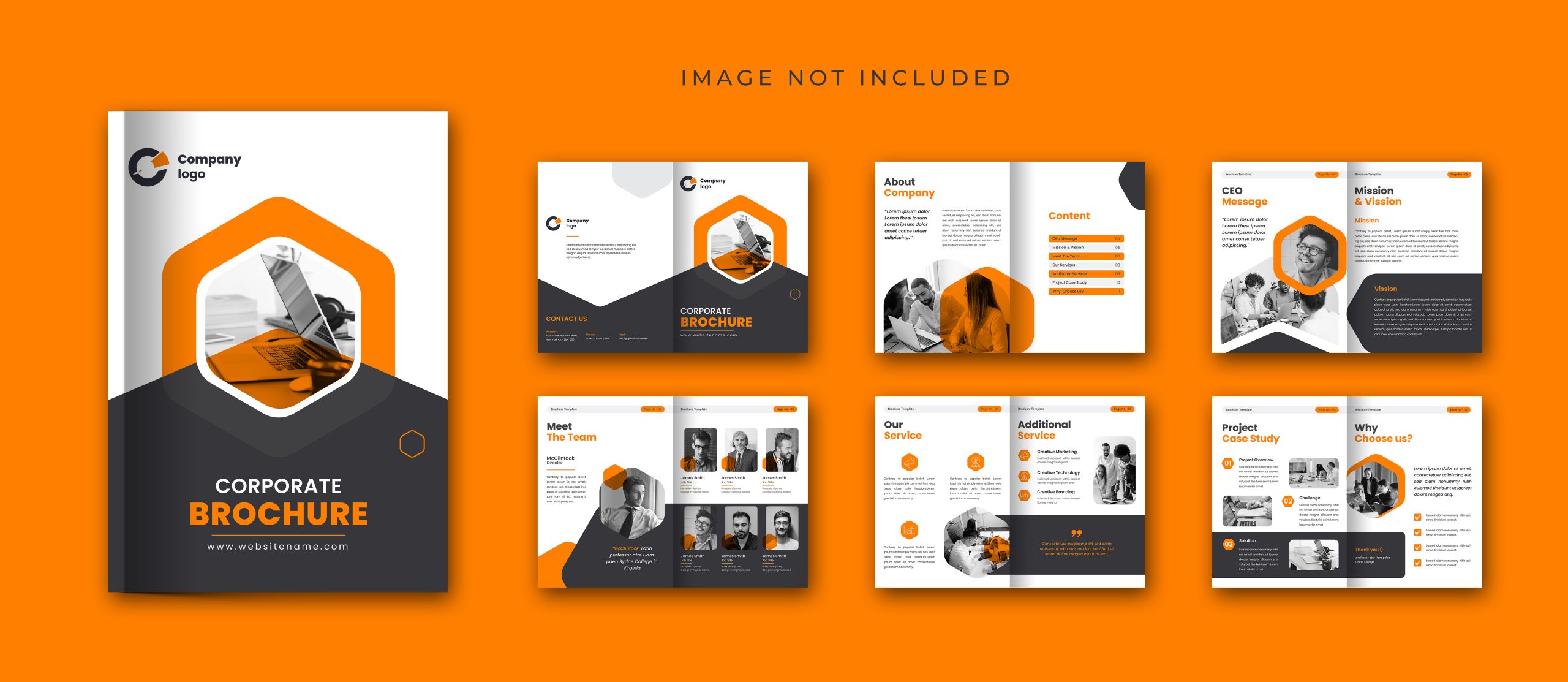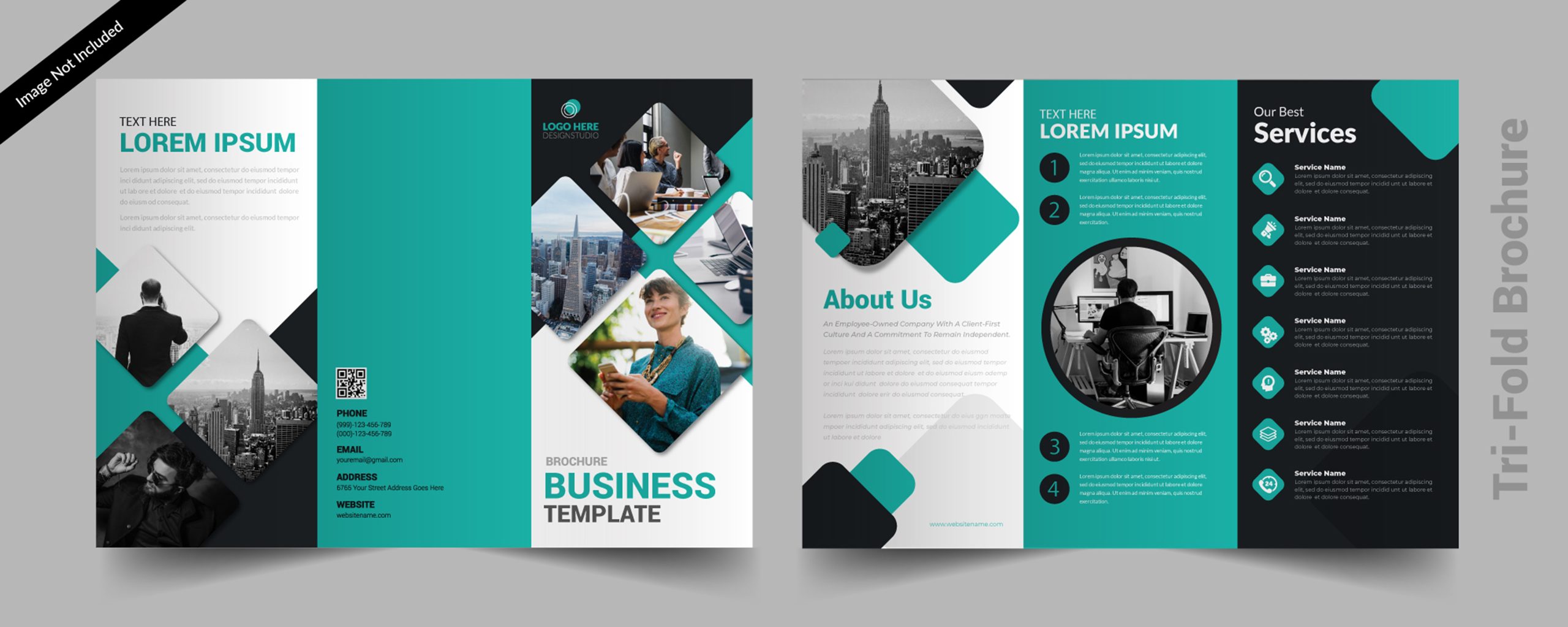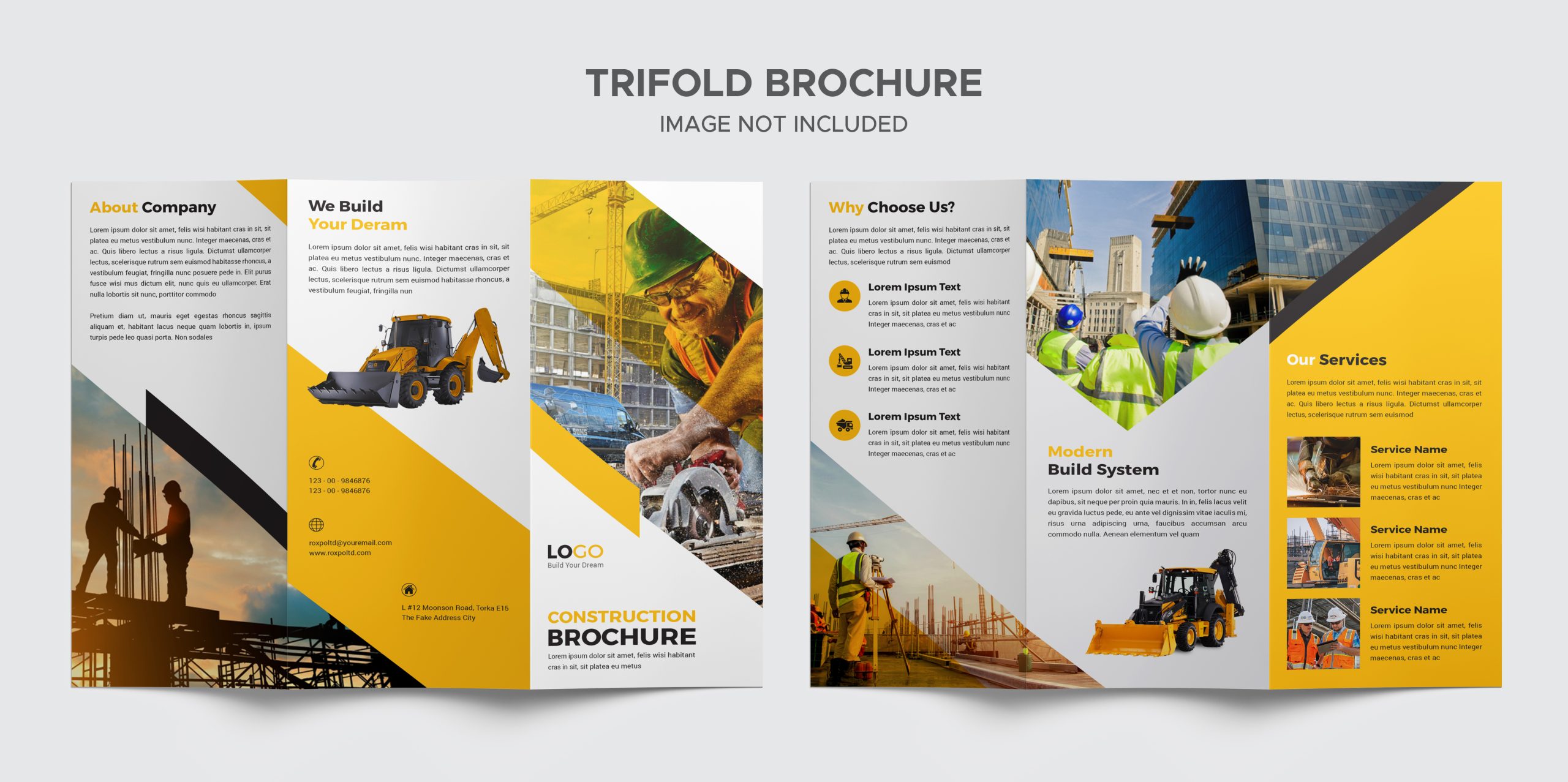Brochures remain a versatile and effective tool in the marketer’s arsenal, capable of conveying your brand’s message succinctly while leaving a lasting impression on potential customers. Whether you’re promoting products, services, or events, a well-designed brochures can significantly enhance your marketing efforts. In this comprehensive guide, we’ll explore how you can leverage brochures to elevate your marketing strategy and achieve your business objectives.
1. Define Your Brochure’s Purpose
Before diving into design and distribution, clarify the primary goal of your brochure:
- Lead Generation: Capture interest and contact information from potential customers.
- Product or Service Showcase: Highlight key features, benefits, and offerings.
- Brand Awareness: Introduce your brand, values, and unique selling propositions.
- Event Promotion: Provide essential details about upcoming events or initiatives.
2. Know Your Audience
Understanding your target audience is essential for creating a brochure that resonates with them:
- Demographics: Consider factors such as age, gender, income level, and interests.
- Needs and Pain Points: Address specific challenges or desires your audience may have.
- Buying Behavior: Tailor your messaging to align with how they research and make purchasing decisions.
3. Craft Compelling Content
Content is king when it comes to brochures. Ensure your content is informative, engaging, and easy to understand:
- Headline and Subheadings: Grab attention with a compelling headline and use subheadings to guide readers through the content.
- Benefits-Oriented: Focus on how your products or services solve problems or improve the lives of your customers.
- Call to Action (CTA): Clearly state what action you want the reader to take next, whether it’s visiting your website, contacting you, or making a purchase.
4. Design a Visually Appealing Layout
A well-designed brochure not only attracts attention but also enhances readability and comprehension:
- Visual Hierarchy: Organize information logically with headlines, subheadings, and bullet points.
- Brand Consistency: Use colors, fonts, and imagery that align with your brand identity.
- Whitespace: Allow for ample whitespace to prevent overcrowding and improve readability.
5. Utilize High-Quality Imagery
Images play a crucial role in conveying your message and capturing attention:
- Professional Photography: Use high-resolution images that showcase your products or services in their best light.
- Infographics and Charts: Simplify complex information with visuals like infographics or charts to aid understanding.
6. Choose the Right Format and Fold
Brochures come in various formats and folds. Choose one that suits your content and audience:
- Bi-Fold: Simple and economical, ideal for brief overviews or menus.
- Tri-Fold: Most common, offering multiple panels for detailed information.
- Gate Fold: Opens like gates, revealing a large interior panel, suitable for impactful presentations.
7. Distribution Strategy
Effectively distribute your brochures to reach your target audience:
- Direct Mail: Send brochures to targeted mailing lists or include them in product shipments.
- In-Person Handouts: Distribute brochures at trade shows, conferences, or local events.
- Point of Sale: Display brochures in-store where customers can easily pick them up.
- Digital Copies: Offer downloadable PDF versions on your website or through email campaigns.
8. Measure Success and Iterate
Monitor the effectiveness of your brochure campaign to refine future efforts:
- Track Distribution: Keep records of where and how brochures are distributed.
- Feedback and Engagement: Gather feedback from customers and track engagement metrics.
- Conversion Rates: Measure how many recipients take action after receiving your brochure.
Conclusion
Brochures are a valuable tool for businesses looking to enhance their marketing strategy and connect with customers on a deeper level. By defining clear objectives, understanding your audience, crafting compelling content, and designing visually appealing layouts, you can create brochures that resonate with your target market and drive meaningful results. Start leveraging brochures in your marketing strategy today and watch as they become a powerful asset in communicating your brand’s message and achieving your business goals.



